Specifications for Fade-Out and Dye Processes
Fade-Out Process Overview
The fade-out process is a specialized technique designed to give items a vintage, aged appearance by reducing color intensity in specific areas. This external treatment creates a naturally worn aesthetic, where the inner layers of the item often retain slightly more color. However, this difference becomes less noticeable near the edges.
Due to the complexity of the fade-out process, several factors—including the interaction between dyeing, material finishing, and the chemical agents used—can lead to variations in the final product. These variations are expected and integral to the process.
Key Characteristics of the Process:
- Natural Variations: It is impossible to achieve exact consistency between samples and final production. Differences in tone, shade, and uniformity should be anticipated.
- Scratches and Inconsistencies: Long-sleeved items and areas near seams or pockets may develop visible scratches or inconsistencies. These are inherent to the process and do not constitute defects.
- Batch Variability: Intensity and tone can vary within the same production batch. This is a natural result of the fade-out technique.
Recommendation:
Before production, it is advisable to conduct sufficient sample testing in all intended colors, materials, and final designs. Creating a Shade Band for production approval is essential. Without this, variations in color, tone, or intensity will be considered acceptable.
Wash Specifications for Fade-Out Process:
- Utilizes a specific rock wash.
- Follows Oeko-Tex 100 guidelines, including pre-testing for fabric shrinkage.
- Despite adjustments, variations of up to 5% in measurements may occur between samples and final production due to fabric behavior during processing.
Important Notes:
- External applications such as prints or embellishments applied after the fade-out process are not covered under our responsibility.
- The expected defect rate for this process is approximately 15%.
Solidity Results:
The fade-out process yields wet solidity values ranging between 2–3 for dark colors and 3–4 for lighter tones. Lightfastness depends on the intensity of the color, with results varying similarly.
Reactive Dyeing and Garment Dyeing Overview:
Garment dyeing provides flexibility in achieving desired aesthetics, from clean and smooth finishes to vintage looks or multi-tone effects. This process allows for unique results that are unattainable through traditional roll dyeing methods.
Best Practices:
- Materials must be pre-treated to ensure consistent dye absorption, dimensional stability, and optimal sewing capabilities.
- All components (e.g., trims, seams, ribbing) should originate from the same material batch to avoid discrepancies in dye uptake.
Lab-Dip Guidelines:
- Color sampling must be conducted on the exact materials and preparations intended for production to achieve accurate results.
- All materials should be present during lab-dip creation to evaluate final outcomes.
Production Recommendations
- Preliminary samples and shade bands are required to align expectations and production outcomes.
- Metallic accessories (e.g., zippers, fasteners) must be prepared to withstand dyeing and drying conditions. Unprepared metals may degrade during processing.
- Items with loose ends, belts, or ribbons must be appropriately secured to prevent damage during production.
Special Handling:
- Prints or embellishments applied before dyeing require careful pre-approval to determine compatibility with the dyeing process.
- When dyeing items with pre-printed panels, all components should undergo the same preparation and thermosetting conditions to ensure uniformity.
Color Variations:
Color differences of 5–10% may occur between samples and production due to the delicate nature of garment dyeing. These differences are expected and accepted as part of the process.
General Guidelines for Care:
- Wash items at 30°C, separately, and inside out.
- Avoid prolonged exposure to bright light or direct sunlight to maintain color quality.
The fade-out and garment dye processes are intricate and require close adherence to the outlined specifications to achieve optimal results.
For more information or inquiries about these processes, please contact:
support@athleisurebasics.com
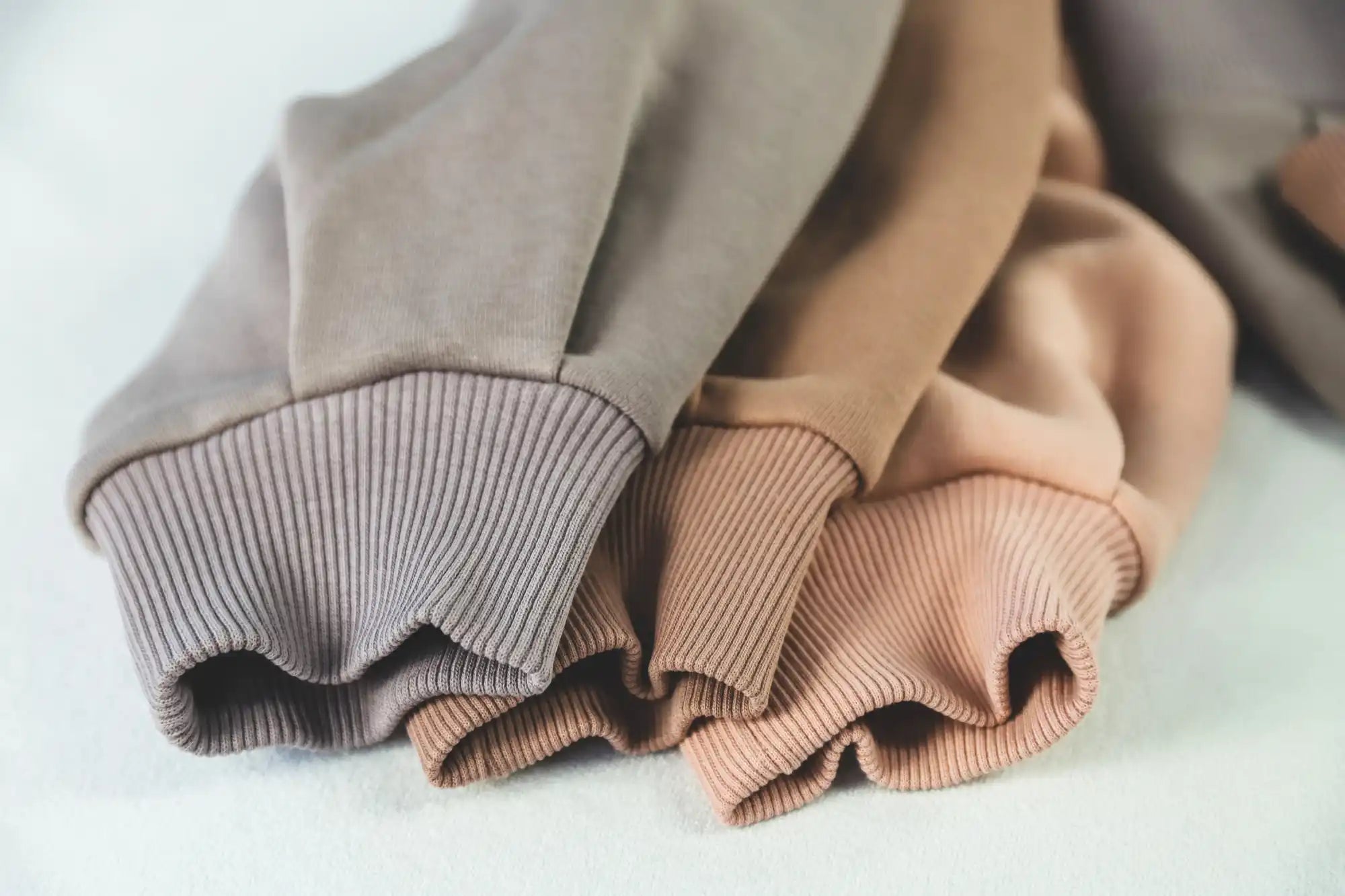
Materials & Fabrics for Clothing Production
Explore cotton, French terry, jersey, fleece, and sustainable blends used in premium apparel manufacturing.
Explore Premium Apparel Fabrics Guide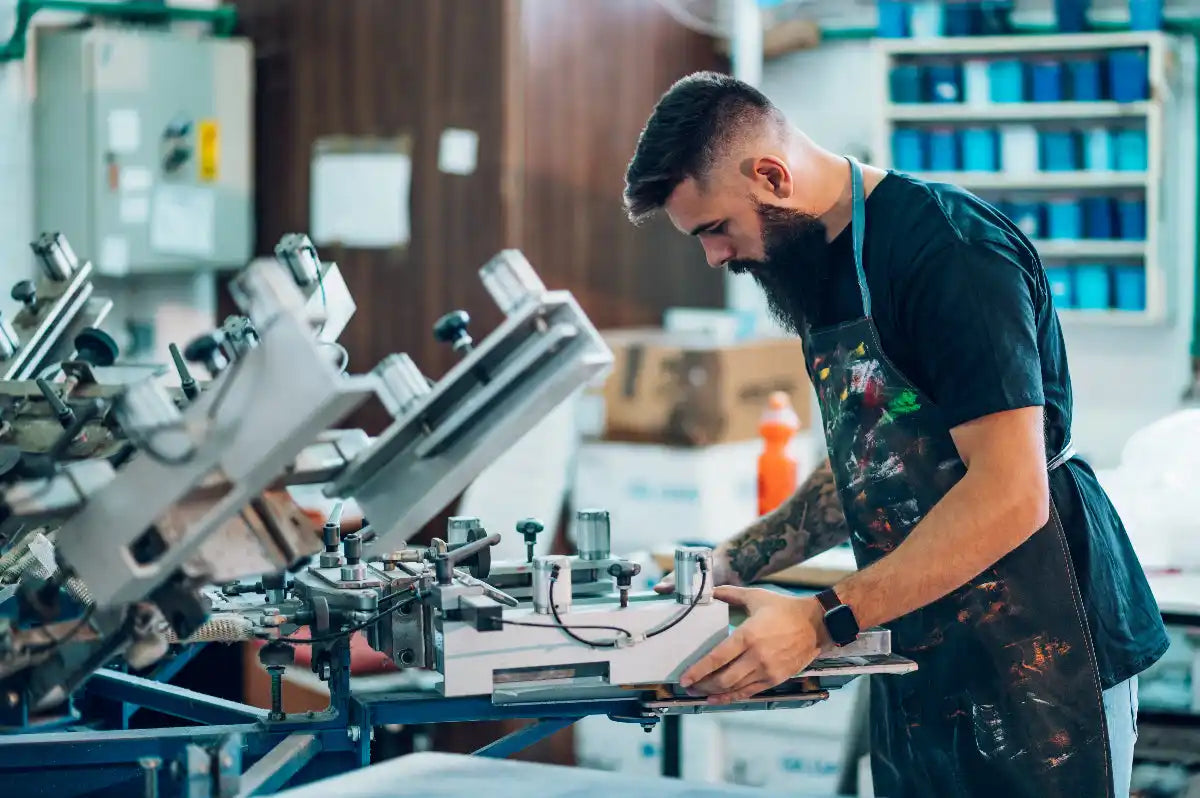
Printing Techniques for Apparel Production
Screen printing, embroidery, puff prints, and digital methods for custom clothing manufacturing.
Explore Custom Apparel Printing Techniques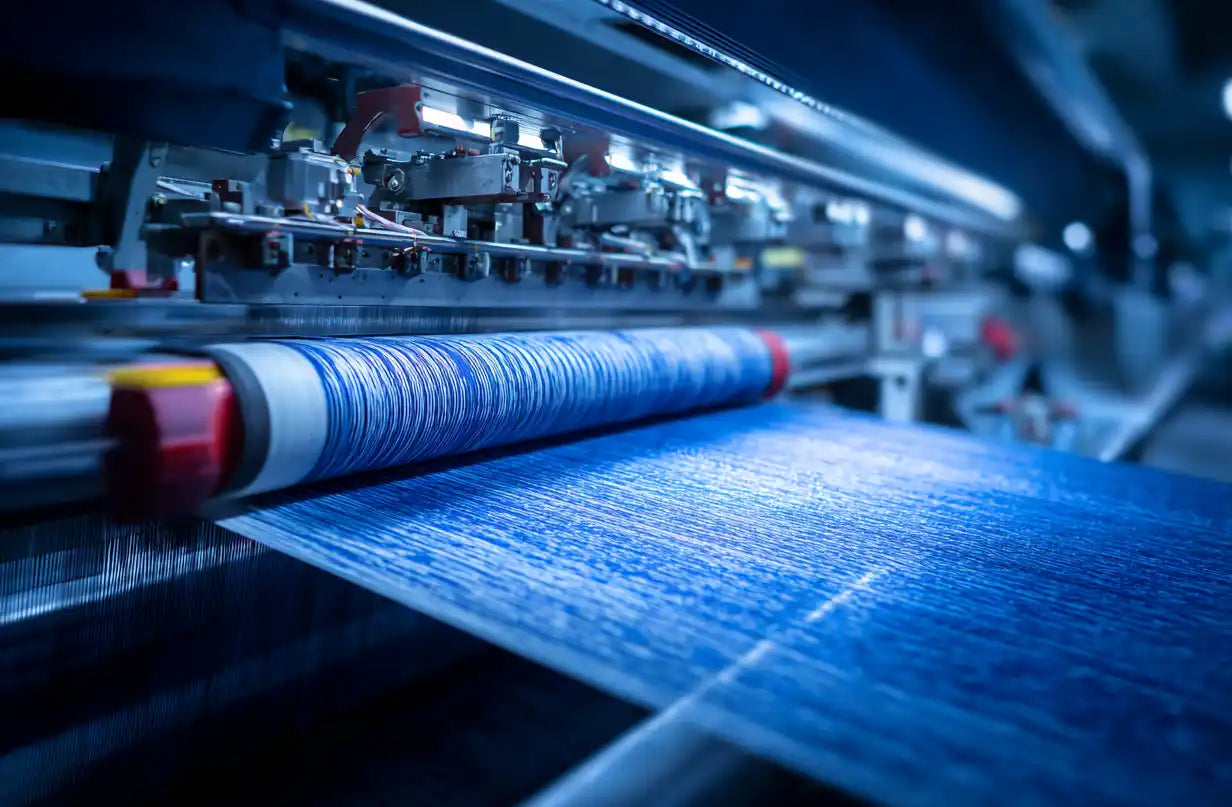
Dyeing Techniques in Clothing Manufacturing
Garment dye, pigment, acid wash, and stone wash finishes that create unique apparel designs.
Compare Apparel Finishing Techniques
Popular Clothing Items for Custom Apparel
Hoodies, joggers, t-shirts, leggings, and biker shorts — essentials for every apparel collection.
Explore Popular Custom Clothing Items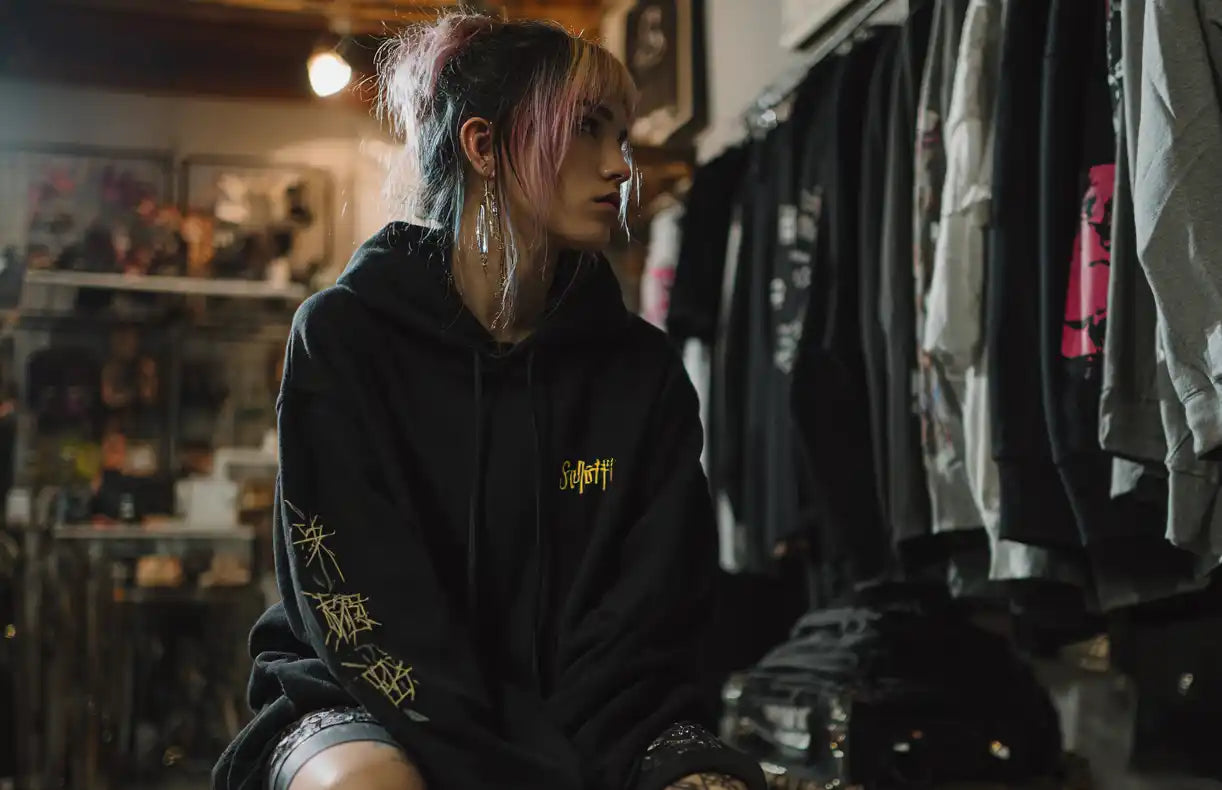
Trends & Designs in Modern Apparel
Oversized fits, streetwear influences, and activewear styles driving custom clothing production.
Explore Trends & Designs for Apparel Development
Sustainable & Ethical Clothing Production
OEKO-TEX® certified fabrics, organic cotton, and ethical apparel manufacturing in Portugal.
Understand Sustainable & Ethical Clothing Production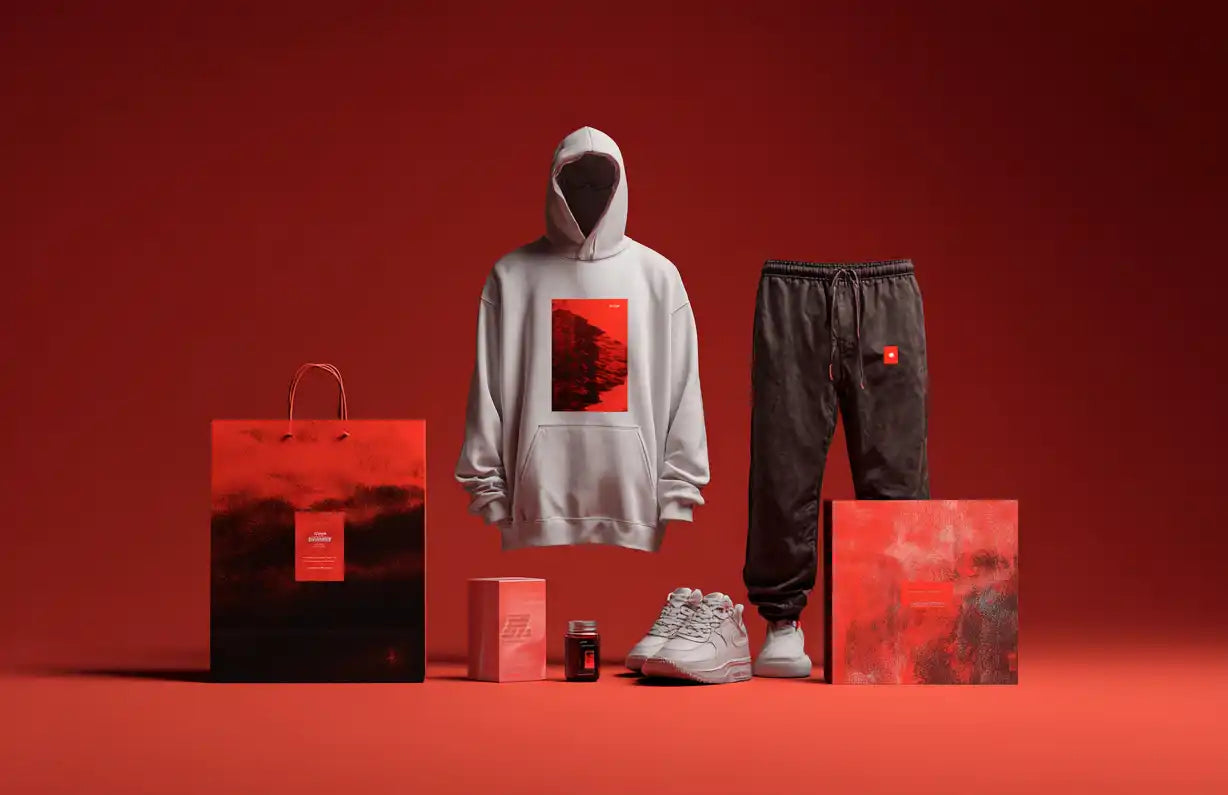
Essentials for Custom Clothing Production
Custom labels, packaging, and trims that elevate your apparel brand in production.
Explore Essentials for Custom Clothing Production
Resources for Custom Clothing Production
Startup guides, logistics support, and scaling strategies for apparel brands and wholesale clients.
Explore Resources for Custom Clothing Production
Clothing Manufacturing Glossary
Explore a complete glossary of clothing and garment manufacturing terms
The Complete Clothing Manufacturing Glossary
The Best Clothing Manufacturers
Explore global clothing manufacturers by country
Explore The Best Clothing Manufacturers
The Latest Clothing Industry Updates in 2025
Discover the latest news about important topics in the clothing industry in 2025,
Stay On Top Of Clothing Industry Updates
Worldwide Best Manufacturers of Clothes in 2026
Top clothing manufacturers worldwide organized by product type
Find The Worldwide Best Manufacturers of Clothes